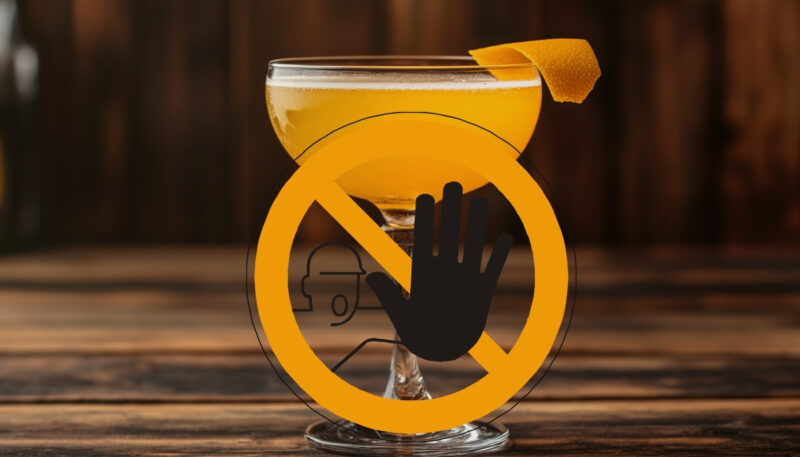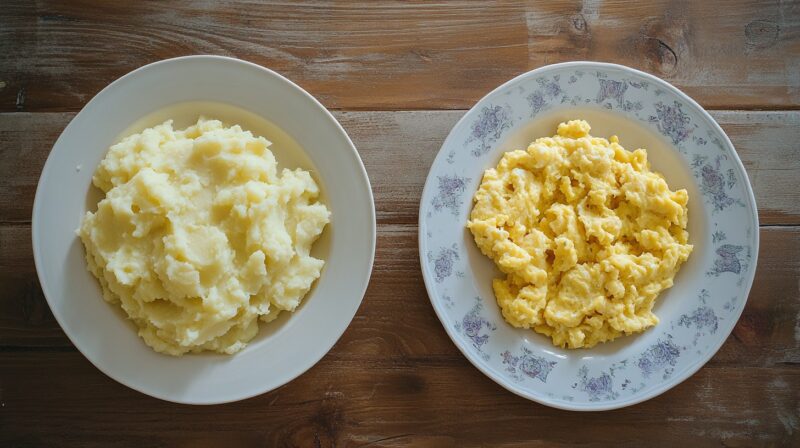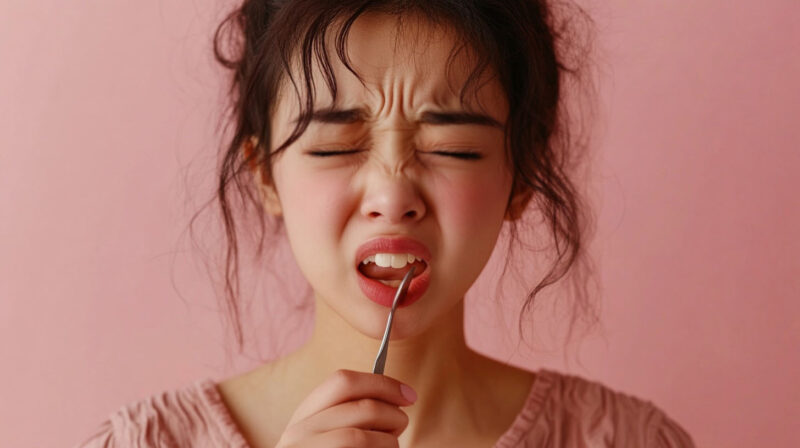Proper post-extraction care plays a vital role in ensuring smooth and effective healing. Following dietary and hygiene recommendations is essential to avoid complications such as infection or a dry socket.
By adhering to these guidelines, you can minimize discomfort and speed up recovery. Let us talk about whether we should eat after tooth extraction in greater detail.
Immediate Post-Extraction Period (First 24 Hours)
During the first 24 hours after an extraction, the body is highly sensitive, and the extraction site requires extra care.
Consuming soft, cool foods minimizes irritation and helps maintain the blood clot, which is crucial for the healing process.
- Pudding: Soft, easy to eat, and soothing to the gums.
- Jell-O: A gentle, cool option that is perfect for immediate consumption.
- Applesauce: Mild and nutritious, providing a light snack without causing irritation.
- Smoothies: An excellent source of nutrients, but it’s essential to avoid straws to prevent suction that could dislodge the clot.
These foods provide nourishment without straining the extraction site, helping you feel more comfortable during this critical period.
Foods to Avoid

Certain foods and drinks can disrupt the healing process or cause unnecessary discomfort.
- Hot foods and beverages: These can disturb the blood clot and cause irritation.
- Spicy or acidic items: These may inflame the gum tissue and delay healing.
- Alcoholic drinks: They can interfere with recovery and pain management.
- Dairy products (if anesthesia was used): Milk, cheese, or yogurt may cause nausea in some individuals after anesthesia.
Steering clear of these items ensures the extraction site remains undisturbed and reduces the risk of complications.
Eating Guidelines
Proper eating techniques are just as important as the foods you consume.
- Chew on the opposite side: This reduces pressure on the extraction site, minimizing the risk of disturbing the clot.
- Avoid using straws: Suction created by straws can dislodge the clot, potentially leading to a dry socket.
- Take small bites and eat slowly: This helps avoid accidental contact with the healing area.
By adhering to these simple yet effective practices, you can reduce discomfort and promote faster healing during the initial 24-hour recovery phase.
Subsequent Days (After 24 Hours)

Once the critical first 24 hours have passed, you can begin to reintroduce more options to your diet.
It’s essential to choose foods that are soft, lukewarm, and easy to chew, ensuring the healing process is not disrupted. Focus on maintaining a balanced diet to aid recovery.
- Mashed potatoes: A soft and nutritious choice, easy to prepare and gentle on the gums.
- Scrambled eggs: Packed with protein and easy to eat without much effort.
- Yogurt: Smooth and soothing, providing calcium and probiotics that support overall health.
- Broth-based soups: Ensure they are lukewarm, as hot temperatures could irritate the extraction site.
Gradually introducing these foods allows you to ease back into normal eating habits while avoiding strain on the extraction site. Pay attention to your comfort level and avoid rushing the process.
Monitoring Healing Progress
Recovery doesn’t end with dietary adjustments. Monitoring your healing progress is equally important during this phase.
Keeping an eye on potential warning signs ensures any complications can be addressed promptly.
- Persistent or worsening pain at the extraction site.
- Excessive swelling or redness that doesn’t subside.
- Bleeding that continues for an extended period.
- Unpleasant odors or discharge, which may signal infection.
Steps to take:
- Stay alert for any symptoms that feel out of the ordinary.
- Contact your dentist immediately if you notice severe pain or any other concerning symptoms.
- Trusted professionals, such as the best dentist in Norway, can provide expert care and tailored solutions.
Foods to Avoid During Recovery

Foods with a hard or crunchy texture can interfere with the healing process in several ways. Their sharp edges or dense consistency can disturb the blood clot that forms over the extraction site or even lodge themselves in the healing area.
The disruption increases the risk of infection and prolongs discomfort.
- Nuts: Their small size and hard texture make them difficult to chew carefully, posing a risk to the surgical site.
- Chips: The jagged edges can scratch or irritate the gums.
- Popcorn: Small kernels can easily become lodged in the extraction site, leading to irritation or infection.
- Chewy candies: Sticky textures can strain the gums and disturb the clot.
It is advisable to stick to softer foods until your dentist advises otherwise.
Spicy and Acidic Foods
Spicy and acidic foods create additional challenges for post-extraction healing. These types of foods can irritate the delicate gum tissue, causing inflammation and discomfort. Avoiding them helps ensure a more comfortable recovery process.
- Citrus fruits and juices: Their high acidity can sting the sensitive area.
- Tomato-based products: Soups, sauces, and juices can also irritate the gums.
- Spicy dishes: Hot peppers or heavily spiced meals can aggravate the healing tissue and delay recovery.
Wait until the extraction site has completely healed before reintroducing these foods into your diet.
Alcoholic Beverages
Alcohol consumption should be strictly avoided for at least 24 hours post-extraction and for longer if pain medications are being taken. Alcohol interferes with the body’s healing mechanisms and may lead to complications such as increased bleeding or delayed recovery.
Additionally, it can have adverse interactions with prescribed medications.
- Alcohol inhibits clot formation: This delays the healing process.
- Alcohol can thin the blood and disrupt the clot.
- Painkillers and antibiotics can react poorly when combined with alcohol.
General Tips for a Smooth Recovery

Proper care during recovery plays a significant role in avoiding complications and promoting healing after a tooth extraction. By focusing on oral hygiene, eliminating harmful habits, and staying hydrated, you can improve your healing process.
Maintain Oral Hygiene
Maintaining a clean oral environment is critical for preventing infection and encouraging tissue repair. During the first 24 hours, avoid brushing near the extraction site to ensure the blood clot remains intact. Instead, focus on gentle care for the rest of your teeth.
After the initial 24 hours, use a saltwater solution for rinsing. Mix half a teaspoon of salt in a glass of lukewarm water and gently swish it in your mouth. Avoid using commercial mouthwashes during the early stages of recovery, as the chemicals may irritate the sensitive area.
Use a soft-bristled toothbrush and brush carefully, steering clear of the extraction site for at least a few days.
Avoid Smoking and Using Straws
Both smoking and the use of straws can negatively impact recovery by creating suction, which may dislodge the blood clot and lead to a dry socket—a condition that causes severe pain and delays healing.
Refrain from smoking for at least a week, as it introduces toxins to the wound and hinders healing. Replace straws with alternative drinking methods, like sipping directly from a cup, to eliminate unnecessary pressure in the mouth.
Stay Hydrated
Adequate hydration is essential for promoting faster recovery and supporting your overall health. Water helps keep your body hydrated and assists in flushing out toxins.
Drink plenty of plain water throughout the day. Avoid beverages that are overly hot or cold, as they can irritate the sensitive tissue near the extraction site.
Stay away from sugary or acidic drinks, as they might disrupt the healing process.
Note: You can continue taking your supplements without any limitations. Peptide supplements are a great way to boost your immune system on a daily basis.
The Bottom Line
Adhering to dietary recommendations and post-extraction care guidelines is essential for proper healing.
By following these practices and consulting with the best dentist in Norway for personalized advice, you can ensure a smooth and successful recovery.
Related Posts:
- 10 Ways a Car Accident Lawyer Can Help You After a Crash
- How to Protect Your Rights After a Pedestrian…
- Examining Your Legal Rights After a Dog Bite in Alabama
- How a Personal Injury Lawyer Can Help You Get the…
- How Can You Make Cross-Browser Testing More Efficient?
- How Can You Stream NFL Games On Xbox One








